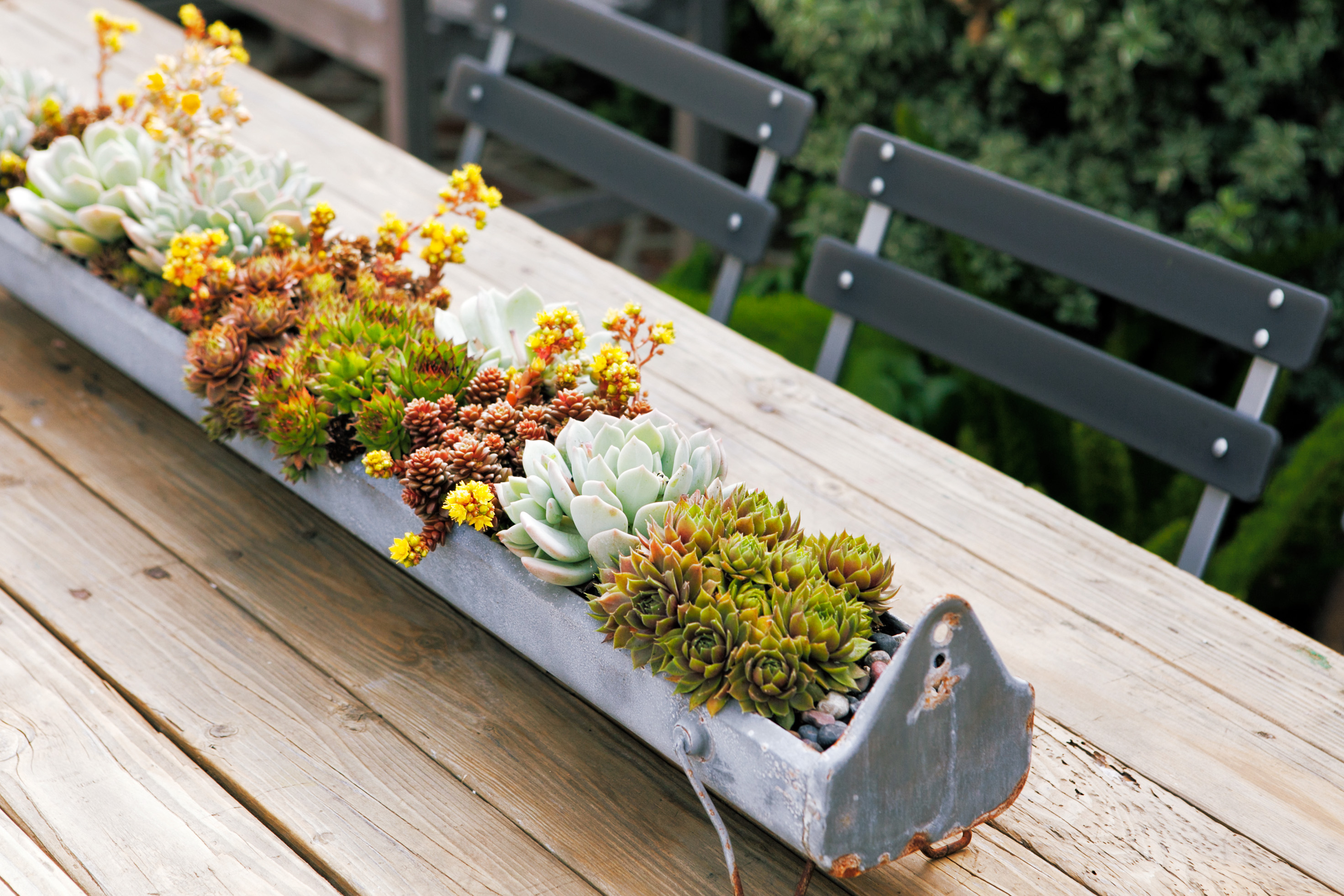Container gardening has rapidly become a popular choice for both novice and seasoned gardeners, offering a flexible and space-saving solution for growing a wide variety of plants. Whether you have limited space in an urban environment or you’re just looking for a convenient way to manage plants, containers provide a versatile option.
But can a plant truly thrive in a container over the long term? The answer is yes—with the right knowledge and care.
:max_bytes(150000):strip_icc()/tomatoes2-2b359a1a1a8e4395835cb9bf4077059a.jpg)
What is Container Gardening?
Container gardening is the practice of growing plants exclusively in containers, rather than planting them directly into the ground. This method is perfect for those living in apartments, urban settings, or areas with poor soil quality. It also allows for more flexibility, as you can easily move plants around to take advantage of sunlight, shelter them from extreme weather, or even bring them indoors during colder months.
Why Choose Container Gardening?
Container gardening is not only a solution for people with limited space but also an ideal option for:
- Urban dwellers: Perfect for balconies, rooftops, or small patios.
- New gardeners: Containers offer a controlled environment, making it easier to manage.
- People with poor soil: Container gardening allows you to completely bypass the issue of bad soil.
- Seasonal flexibility: You can move plants indoors when it gets cold, giving you more control over plant survival.
Types of Containers
You can grow plants in various types of containers. Here are a few common options:
- Traditional Pots – These come in various sizes, materials, and styles. Common materials include terracotta, ceramic, and plastic.
- Raised Beds – Great for growing vegetables and herbs, raised beds offer more space for plant roots to expand.
- Hanging Baskets – Ideal for cascading plants and trailing vines, hanging baskets help maximize vertical space.
- Grow Bags – Lightweight, durable, and breathable, these are great for larger plants like tomatoes or potatoes.
- Repurposed Containers – You can repurpose old buckets, tins, and other household items as creative planters.
Each container type has its own pros and cons, and the right choice will depend on your plant’s needs and the space available.
What Type of Soil Should You Use for Container Plants?
Soil quality is one of the most important factors in container gardening. Unlike traditional gardening, where plants benefit from the nutrients and structure of the earth, container plants are entirely dependent on the soil you provide. Choosing the right soil will make a significant difference in your plants’ ability to thrive, ensuring they have access to the nutrients, air, and water they need to grow.
Potting Soil vs. Garden Soil
What’s the Difference?
One of the most common mistakes new container gardeners make is using regular garden soil in their pots. While garden soil works well in the ground, it’s not ideal for containers. Here’s why:
- Garden Soil: This type of soil is typically heavier, denser, and less aerated than potting mixes. When placed in a container, garden soil can easily become compacted, leading to poor drainage and reduced air circulation around the roots. This can cause root rot and stunted growth in plants.
- Potting Soil (Potting Mix): Potting soil is specially designed for container gardening. It’s lighter, more porous, and often contains added materials like peat moss, perlite, and vermiculite to improve drainage, moisture retention, and aeration. Potting soil is your best option for most container plants.
Key Ingredients in Potting Soil:
- Peat Moss: Helps retain moisture while improving soil structure.
- Perlite: A lightweight volcanic rock that enhances soil aeration and drainage.
- Vermiculite: Improves water retention and keeps the soil light and loose.
- Compost: Adds nutrients to the soil, promoting healthy plant growth.


